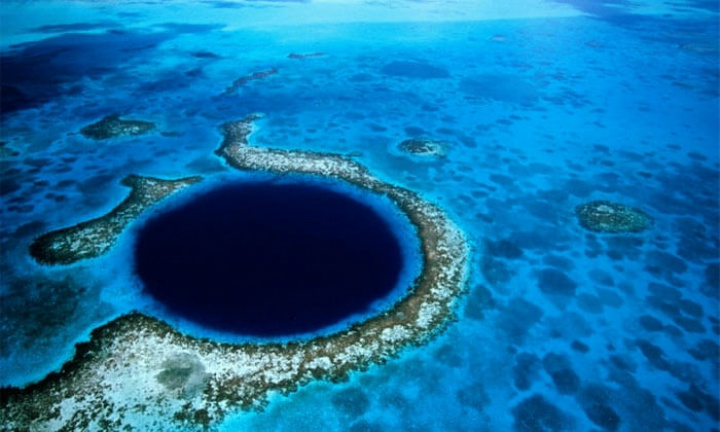Decline Of Civilization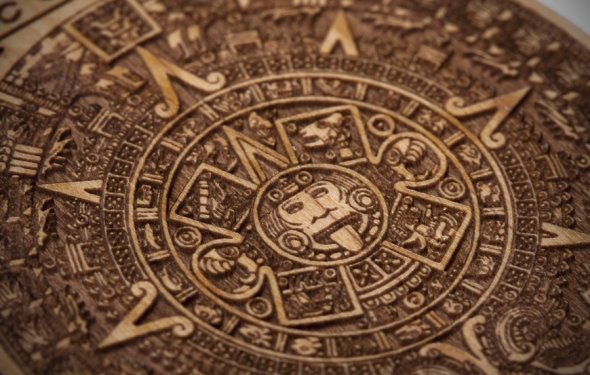
If you have ever cared enough to read your history books, the name Mayan civilization would certainly ring a bell to you. But little you may know that the original inhabitants of Belize and its neighboring countries were apparently the Mayan civilization. The samples collected by the research team from the sight showed ridiculously low levels of aluminum and titanium, elements that are usually found in rock are worn out later deposits into the water during the tropical storms. This phenomenon suggested that the period in which Mayan civilization declined was likely marked by a horrendous storm.
The Dead Zone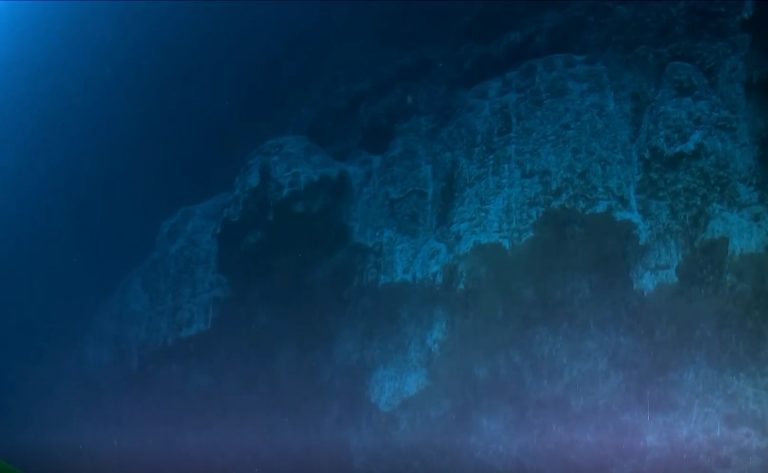
Just before hitting the bottom of the Blue Hole in Belize, the French explorer Fabien Cousteau and his team bumped into something not-so-ordinary that no creature can survive; a 20-feet thick lethal layer of hydrogen sulfide. But the team needed not to worry as they were in safe hands and it was now time to test one of the submersible’s high technology before hitting the bottom of the Blue Hole. They made it sure whether it was safe to proceed from this point or not by discerning the quality of the water and measuring the oxygen levels. They could see a number of carcasses including crabs, conch and many other marine lives that rammed into this thick wall of hydrogen sulfide, eventually running out of oxygen.
Base Level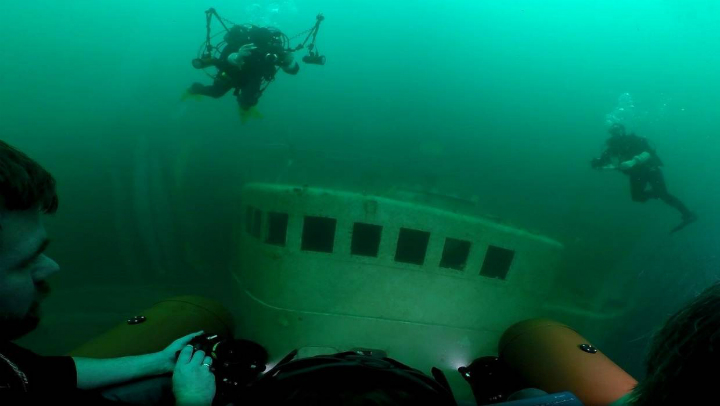
The research team’s submarine finally extricated through the 20-feet thick layer of hydrogen sulfide to reach their final goal. The submarine now stood at the very bottom of the Blue Hole. The happiest among them was perhaps Fabien Cousteau, as he was now able to carry forward the work his grandfather started almost 5 decades ago. Everyone was curious to see what the bottom of the Blue Hole looked like. It was obvious to them all that it was impossible to survive the hydrogen sulfide sheet, they would soon be left in dismay by something else they were about to discover.
Underwater War Zone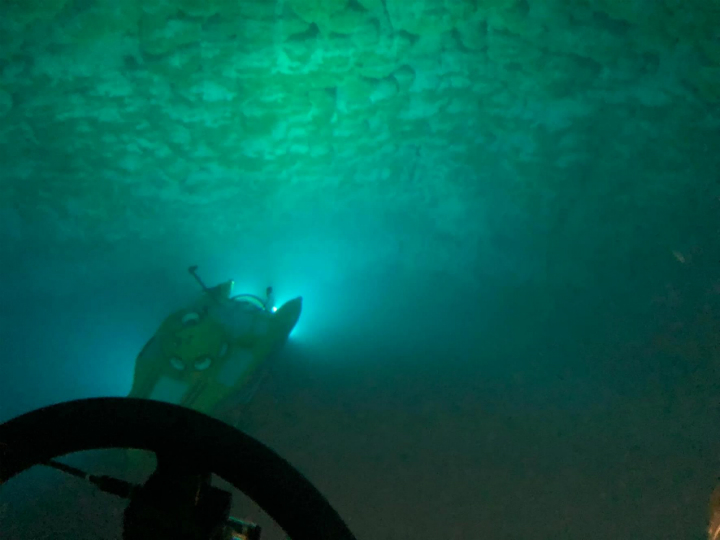
While exploring the base of Belize’s Blue Hole, Cousteau and his team learned that looks can be quite deceiving. The Blue Hole looks like a blessing of nature from above but a dark secret was disclosed when they stepped on its muddy floor. The surface was thoroughly covered with strange figures that were hard to discern in the first glance. But once the vision got clearer, they feared the sight they were astonishingly looking at.
A Major Concern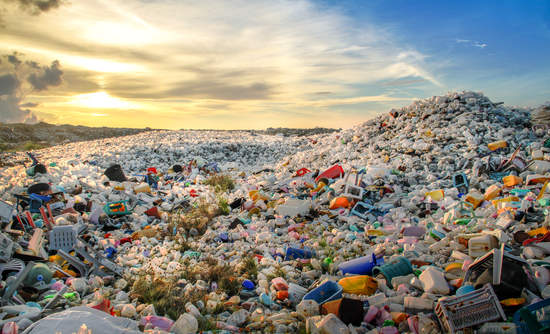
The team saw something that is a major reason of concern for the deteriorating conditions of many water bodies across the globe. While searching the base of the Blue Hole in Belize the team saw big lumps of plastic pollutants. Empty bottles covered in mud and dirt at the very base of the Blue hole. Unaware of what they might bump into initially, the expedition later discovered another victim that suffers from the hands of human consumption; an underwater trash can. The team was disgusted by what they were seeing but Richard Branson could tell what exactly was the best thing to do.
Real Monsters
What simply started out as an expedition to scrutinize the Blue Hole was now a harsh reminder of the adverse effects that plastic had wreaked on our environment. The only monster that existed in the depth of the Blue Hole was the one created and fostered by mankind: pollution. Sir Richard Branson jumped into the middle of the action by joining hands with Ocean Unite and initiated a mission to promote awareness about the condition of the ocean. But their vision wasn’t just limited to the Blue Hole in Belize and what they had in mind was something far bigger.
